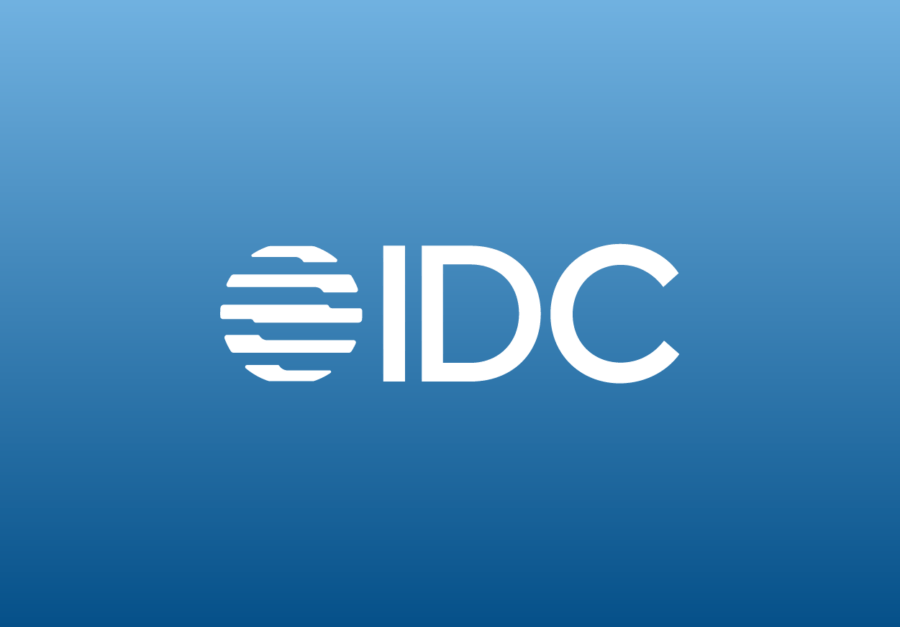Search Results

Resources
IDC MarketScape: Worldwide SaaS and Cloud-Enabled Enterprise Treasury and Risk Management Applications 2023 Vendor Assessment
The IDC MarketScape: Worldwide SaaS and Cloud-Enabled Enterprise Treasury and Risk Management Applications 2023 Vendor Assessment underscores the crucial role of effective liquidity management. The report highlights liquidity ratios as vital indicators of financial stability, impacting decisions and investor confidence.
Read the Report
Resources
How IT Can Simplify and Accelerate ERP Cloud Migration
A major shift is underway in the world of enterprise resource planning (ERP) software. With both customers and ERP software vendors driving a mass migration to the cloud, many companies have already completed their ERP cloud migration projects—and thousands more are set to follow suit by the end of this decade.
Read the eBook
Resources
How CFOs turn Treasury Teams into Profit Centers
Treasury operations manage the lifeblood of their companies: cash liquidity. CFOs know that their treasury teams are critically important, handling everything from cash flow forecasts to optimizing working capital, along with foreign exchange currency risk and investing and borrowing.
Read the eBook






